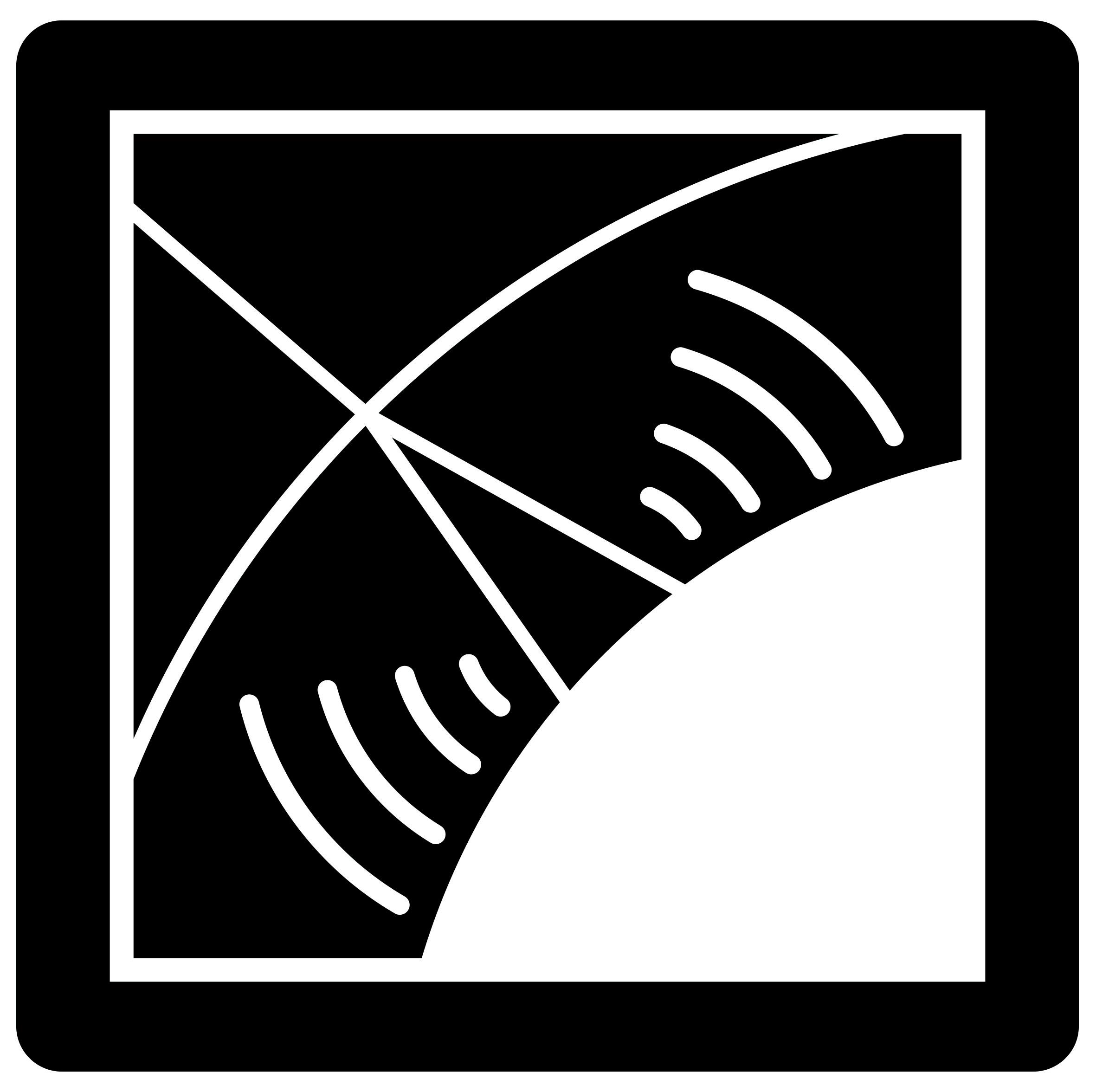2013: Diego Torres Machado
Ultra high energy cosmic rays are undoubtedly the product of the most energetic process in the universe. Their energy can reach macroscopic values (up to around 10 Joules!) and it is converted to kinetic energy of the particles which compose the air shower in the atmosphere. Questions about their source and propagation in the interstellar medium are still open, making the field of the astroparticle physics very attractive. The CODALEMA experiment is an instrument devoted to indirect cosmic ray detection through the radio emission induced by charged particles of air showers. This thesis presents results of data analysis since 2010 concerning the latest setup of the experiment, which is composed of 34 autonomous stations. The noise analysis has revealed that autonomous stations are sensitive to several human-made interferences. Since, methods for background rejection has been developed with the aim of embedding them into the next generation electronic boards. Likewise, the radio emission process taking place in the shower during its development are studied through their polarization pattern. The presence of the two preponderant emission mechanisms (transverse current and charge excess) are highlighted in this data set. A new parametrization of the lateral profile is also suggested. Online access to his document (Thèses en ligne)
